Walkie-Talkie
Born in Warsaw in 1909, Henryk Magnuski supported himself and his sister, Janina, by repairing radios for the Polish military. After gaining employment with the State Tele and Radiotechnical Works in 1934, the company sent him to New York to research American radio technology in 1939. In the same year, Hitler invaded Poland and Magnuski was unable to return home. Out of work, he was taken on by the Galvin Manufacturing Corporation in Chicago, which would later change its name to Motorola. Leading a team of radio engineers, they developed the SCR-300, the first radio used by American forces in Europe. This revolutionary mobile device became known amongst GIs as the "Walkie-Talkie".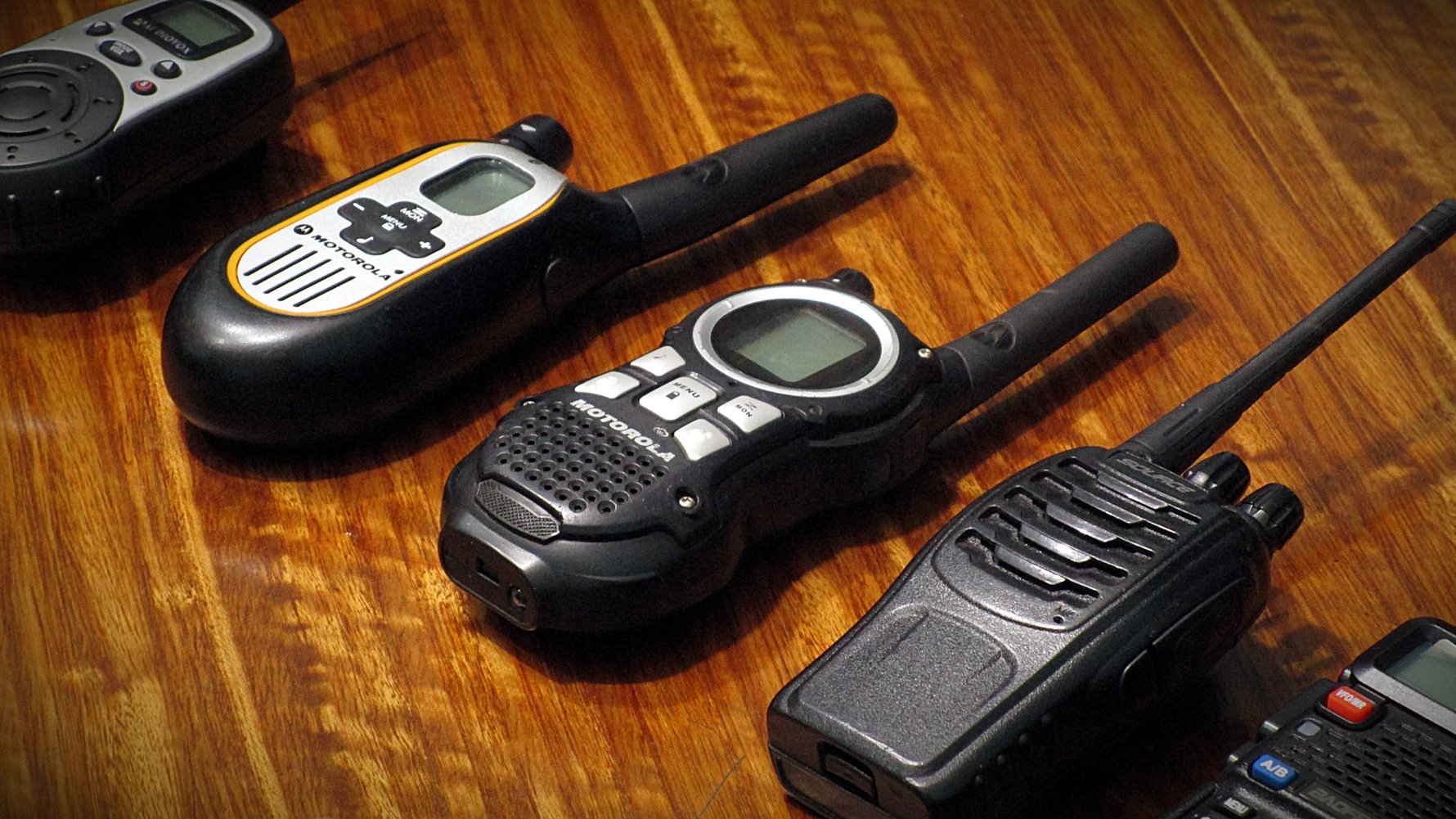
Esperanto
Imagine a world where there is one neutral language that everyone can communicate in, a language of understanding and diplomacy that has the power to end world conflicts and world of peace. That was the dream of a linguist from Białystok by the name of L. L. Zamenhof. An opthomologist by day, he learned to speak many languages in Białystok's multi-ethnic community: Polish, Russian, Yiddish, Belarusian, and German as well as the classical languages: Latin, Greek, Hebrew, and Aramaic. While studying in Warsaw as a young man, he began to develop his international language, notably with a rather complex grammar. It wasn't until he started learning English, that he realised he needed to simplify things - smart move, Zamenhof! In 1905, Zamenhof published Fundamento de Esperanto (ENG: The Fundamentals of Esperanto), which shouldn't be too hard to translate - that's part of the whole idea of Esperanto. Later that same year, the first World Esperanto Congress was held, and since then, the movement of Esperantists has continued to grow. Today, there are an estimated 63,000 to two million speakers of Esperanto. A simple language invented by a Pole - who'd've thought!
Kerosene Lamp
The story of the kerosene lamp can be traced back to the present-day Ukrainian city of Lviv, which used to be Lwów, Poland. It was here in 1853 that two Polish chemists, Jan Zech and Ignacy Łukasiewicz, were tasked with distilling oil, a cheap resource being extracted in the region, into alcohol. Though they failed to make anything potable (at least, not to any sanely-minded spirit connoisseur), what they did discover was a clear, flammable liquid burned long and bright and, more importantly, it didn't stink like oil does! Putting the liquid they called 'kerosene' to work, they asked a local tinsmith to make a lamp with a small tank at the bottom. 
Railway Signal Device
Jan Józef Baranowski deserves the award for the most proactive employee of all time, when it comes to his time working for the French Railway. Fleeing Poland after the failed November Uprising of 1830, Baranowski worked as a bank teller and cashier in France before he landed a job as a bookkeeper in the national rail network.Undoubtedly the Pole's most important contribution to railway operations is the automated railway signalling device, that came into existence in 1857. Prior to this, signalling depended upon employees waving flags at various points of the track as well as their knowledge of when and where the trains were coming from. Baranowski's device involved a switch on a two-way track, which an oncoming train would activate a signal for any other trains approaching from the other direction, and from a distance of 1.2km away. In an age of increasing busy railway lines, the Baranowski signal as it became known, avoided countless accidents and undoubtedly saved alot of lives!
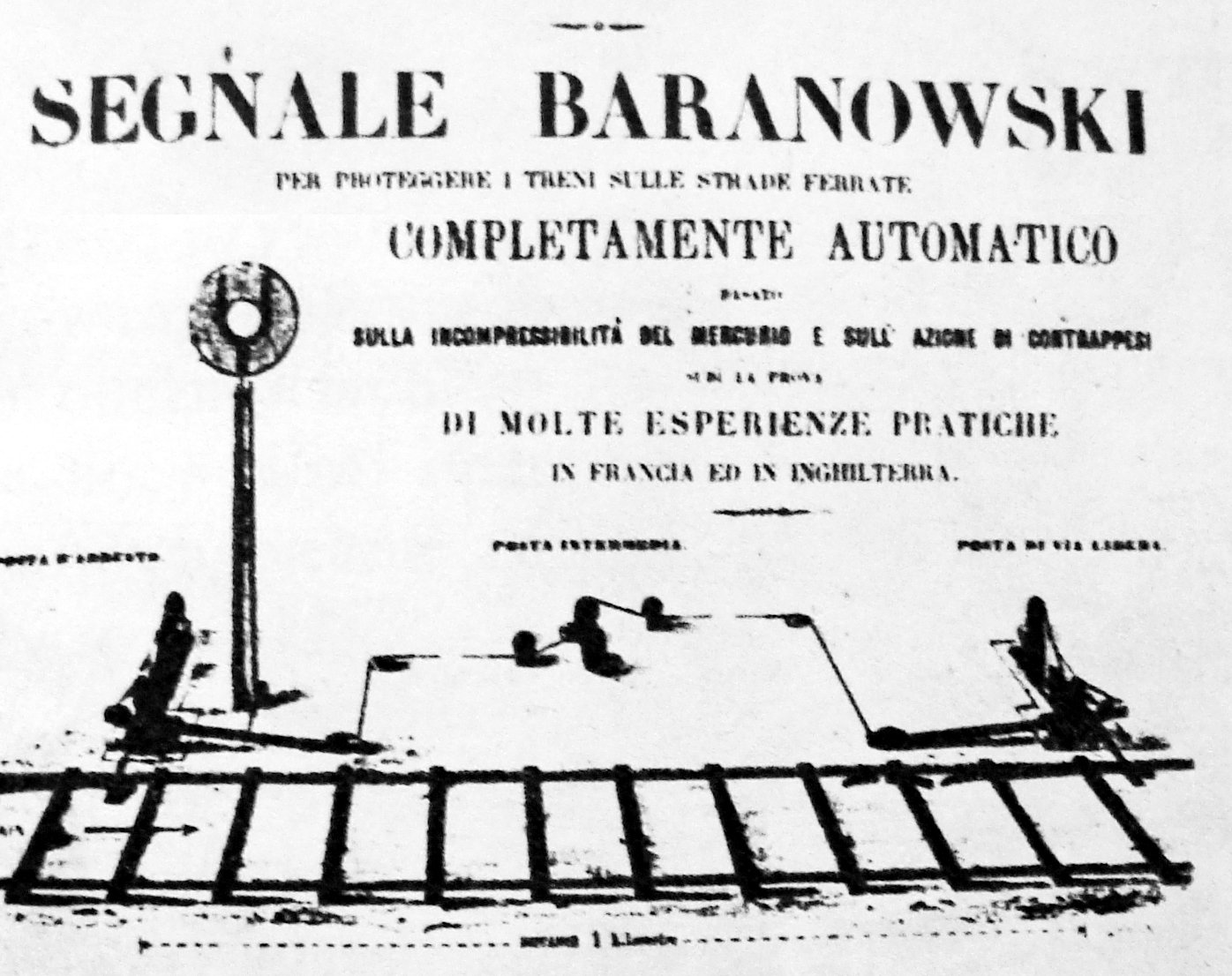
Baranowski's proactiveness didn't just stop there. One day, he observed one of his co-workers exhaustfully issuing tickets from the ticketing office during peak hour. In this lightbulb moment, he conceived the idea of producing a machine that could print individual tickets with a serial number. The first version he created was able to spit-out a remarkable 5000 tickets in a single hour. No need for snarky customer service! On another occasion, he was purported to have observed a ticket inspector manually punching tickets with a hole puncher. Thus, the perfect marriage to the afore-mentioned ticket-printing machine was another that could punch your ticket manually! Whether he thought of both at the same time is unclear, but he certainly made his bosses very happy. And remember, this guy was a bookkeeper, not a logistics engineer!
Telectroscope
Jan Szczepanik, often referred to as the Polish Edison, made several contributions to technology in his lifetime, including his development of the wireless telegram, colour photography and printing. However, it's his version of the Telectroscope, produced in 1898, that is considered to be one of a landmark in the development of telecommunication. A Telectroscope is a scope and lens, amplified with electricity, that can reproduce images at a distance. Sound familiar? You may not be surprised to know that the term 'Telectroscope' was replaced at the turn on the century with the word 'Television'. Though he was certainly not the first, Szczepanik's version aparatus is alleged to have been able to recreate colour, which would make Szczepanik the forefather of colour television. And, if that doesn't impress you, maybe the moustache does.
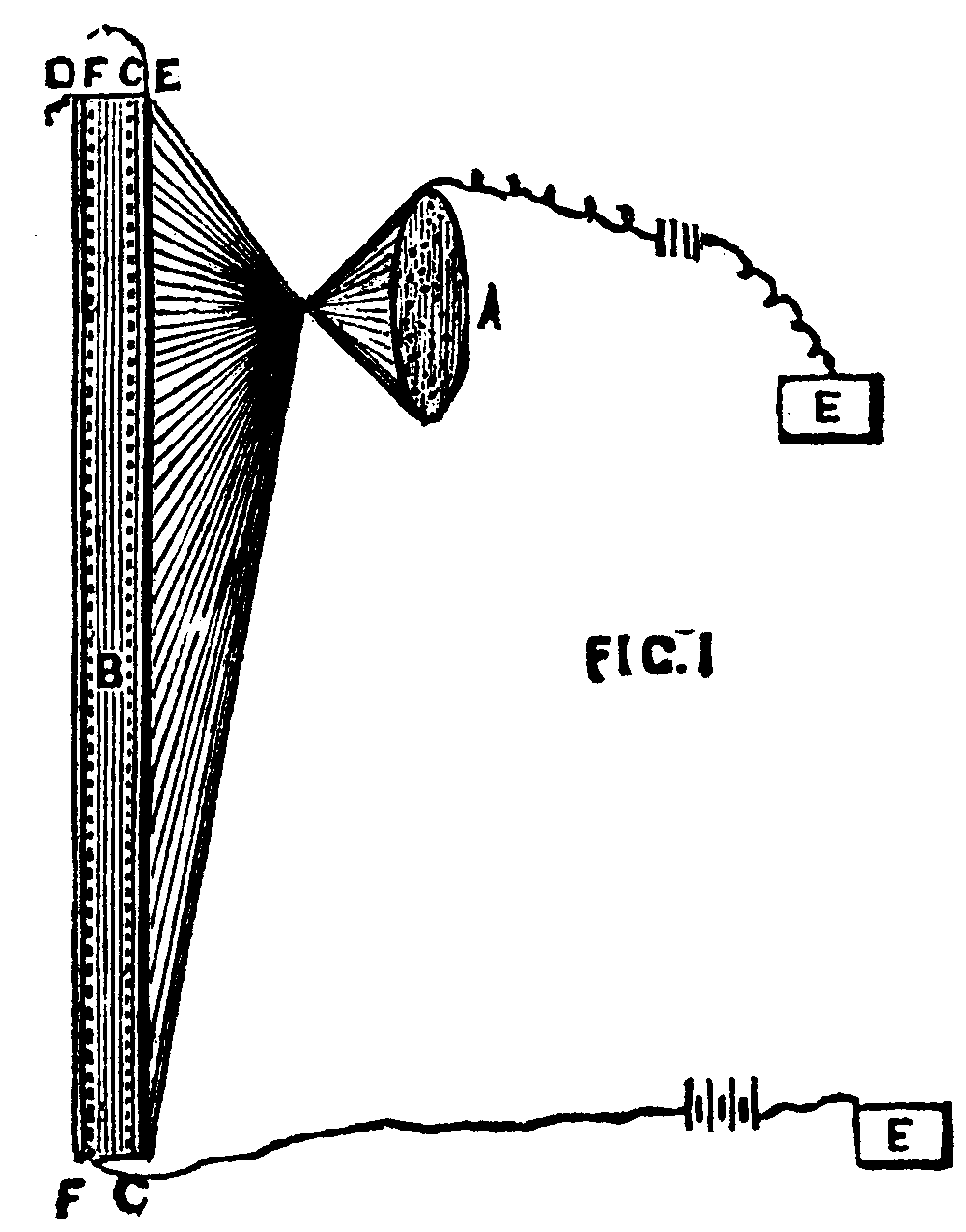
|
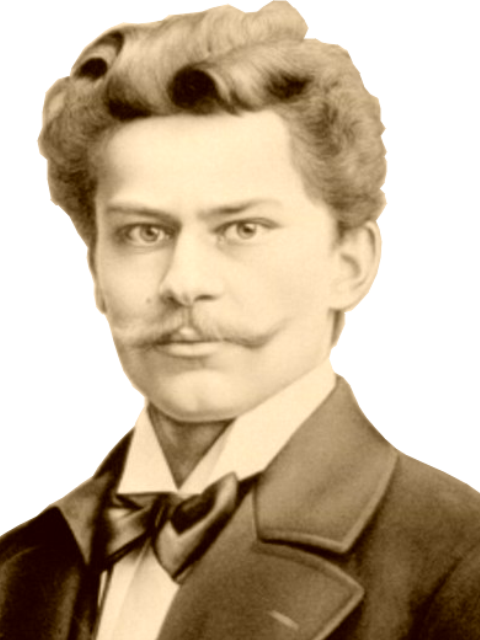
|
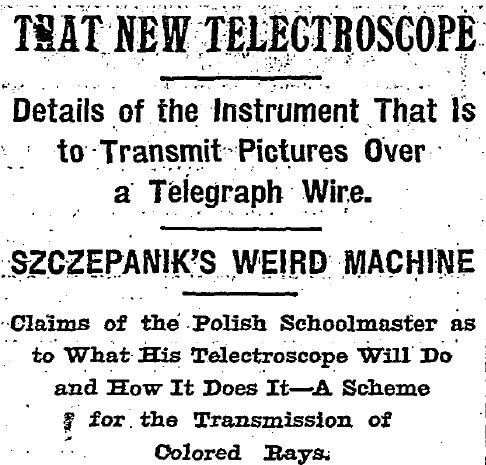
|
The Mighty Paper Clip
Whilst the exact brains behind the idea of the mighty paperclip has long been disputed, one contenter for your praise may be the Polish pianist and composer Józef Hofmann. Praised by many as 'the greatest pianist that ever lived', Hofmann was also an inventor in his spare time. It has been suggested that the inspiration behind the shape of the paperclip was inspired by the treble clef, no doubt burned into his brain after hours of reading piano scores. Hofmann is also accredited for developing one of the earliest mechanical windscreen wipers, which was apparently inspired by the back-and-forth motion of his metronome!
Electric-Powered Submarine
Although experimentation with submersible craft had existed since the mid-16th-century, it was a Pole who first successfully created a submarine powered solely by electricity. Stefan Drzewiecki was born in 1844 to Polish nobility in Podolia, now Western-Ukraine, and was sent away to study in France in 1860. After finishing his studies mechanical engineering, his networking with Russian nobility landed him a job with the navy of the Russian Empire. It was here that made a number of huge developments in submarine technology, the biggest of which came in 1884, when he installed a battery-powered propellor on a one-man submarine that could chug along at a steady 4 knots. While it may sound slightly unimpressive now, this was a major advancement at the time, and especially considering the fact that submersibles prior to this were still relying on coal-power and oars! Drzewiecki also pioneered external torpedo-launching technology, which became known as 'Drzewiecki drop collars'. Outside of submarine technology, we can appreciate another key invention of his, the taxi meter, which measured distance against a monetary rate.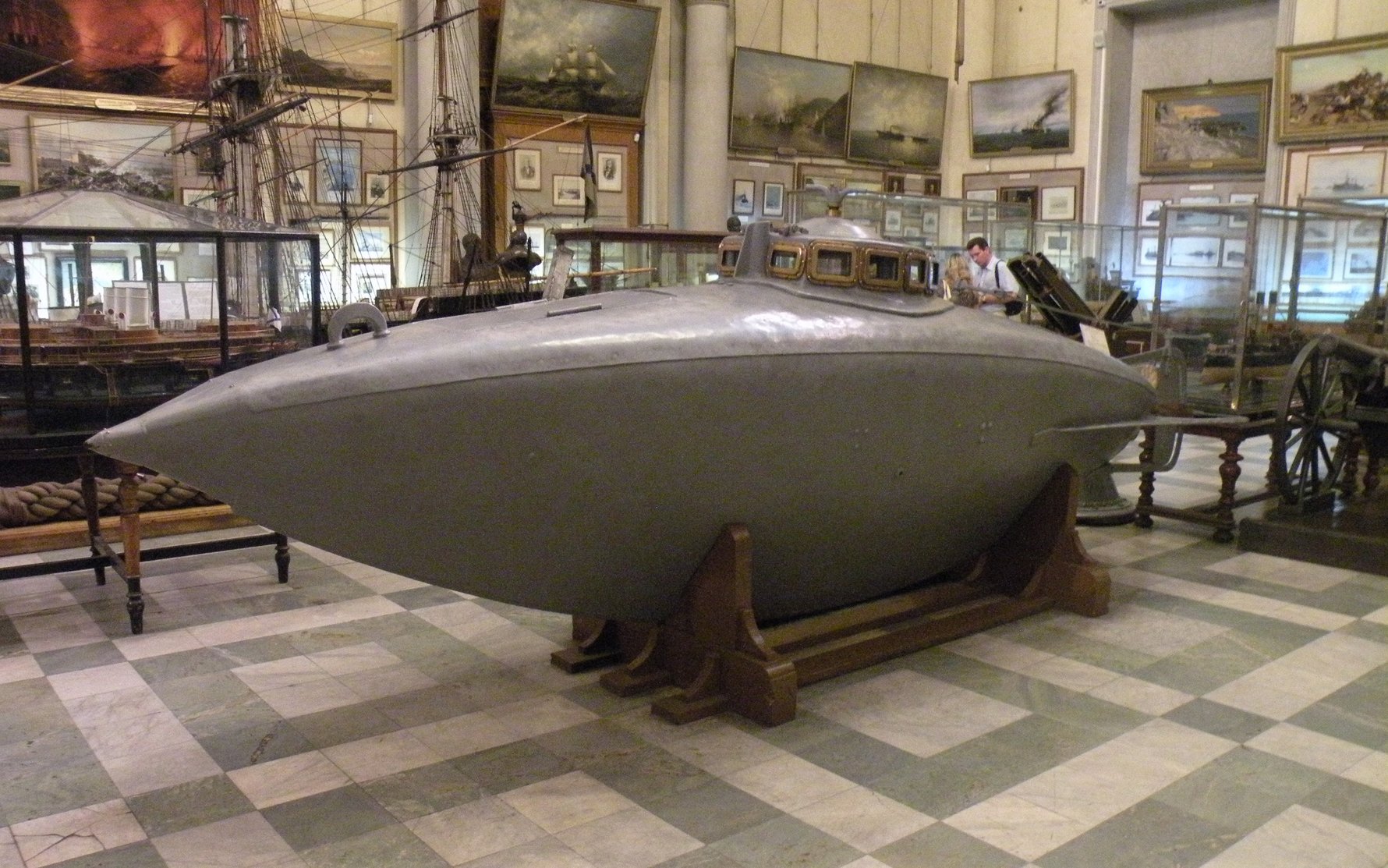
Vote-Counting Machine
Here's another winner from our mate, Baranowski! Outside of his unassuming career in the French Rail Industry, he was also able to apply his accountancy skills in other areas of important aspects life. The mid-19th-century was a time of renewed interest in liberal democracy, and public voting was an important aspect of life. Realising the overwhelming task of counting votes and accounting for human error as well as issues of scrutiny and impartiality, Baranowski conceived the idea that it would be better for a machine to do all the counting instead! It's his work with numbers and calculations and no doubt a desire to simplify the process of counting that motivated Baranowski to pursue invention. Other notable counting machines that Baranowski patented was the ticker gas meter, that thing that goes unoticed until the council representative visits once a year.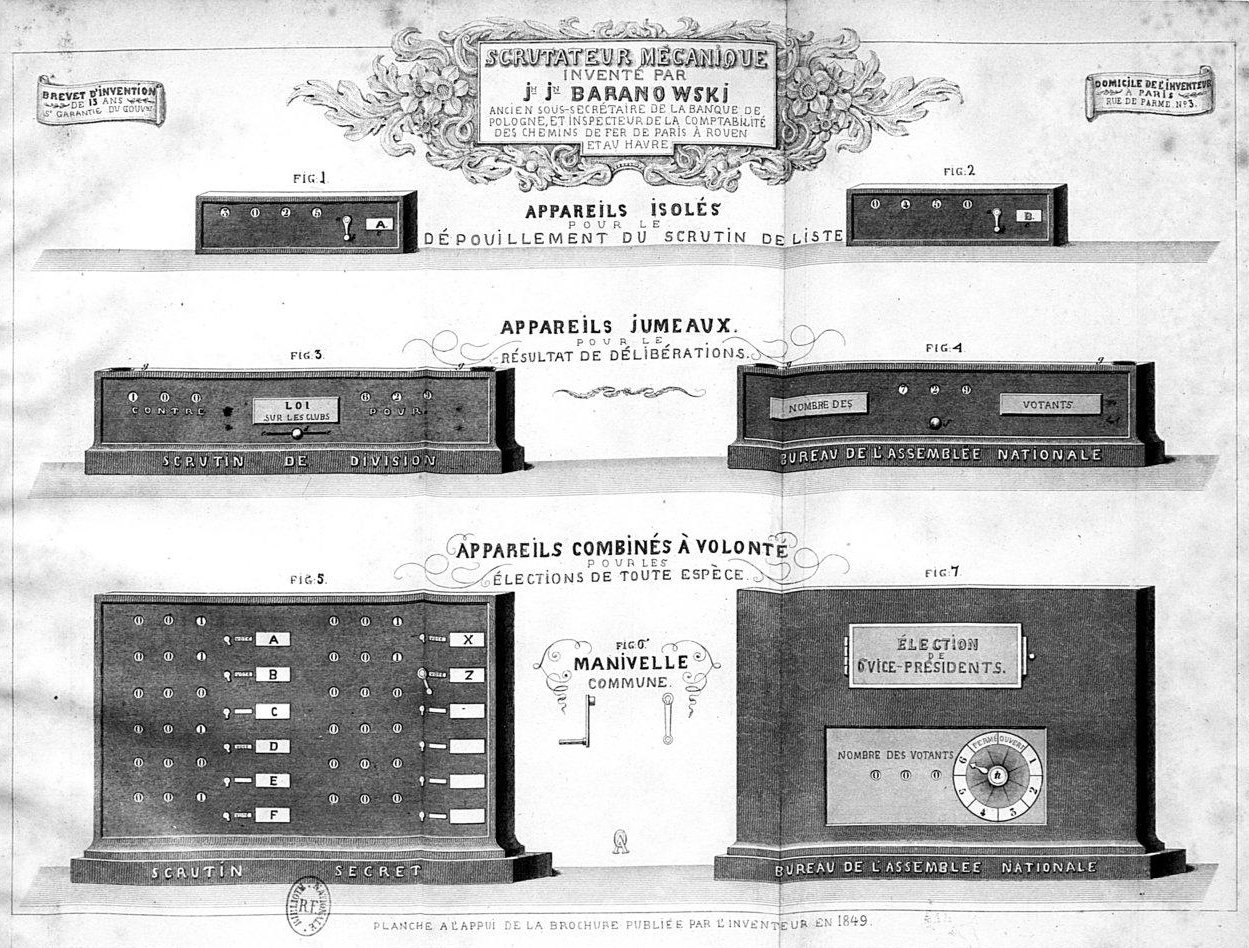
Cotton Swabs
A cornerstone of modern hygeine, the cotton swab was developed by Leo Gerstenzang, a Pole from Warsaw who made the Chicago move at the age of 20 in 1912. The story goes that in, 1923, Gerstenzang found himself watching his wife, Ziuta, applying cotton wads to toothpicks in an attempt to reach hard-to-clean areas. This became the inspiration behind the Q-Tip, Q standing for quality. But unlike his wife's toothpick, the Q-tip had two cotton tips, to allow for double-takes.
Bulletproof Vest
If you can stop a bullet, you're either Superman...or a Pole! While anti-bullet chest armour had been experimented with in various forms since the early-16th-century, the first commercial bulletproof vest was developed in 1897 by not-one-but-TWO Polish inventors!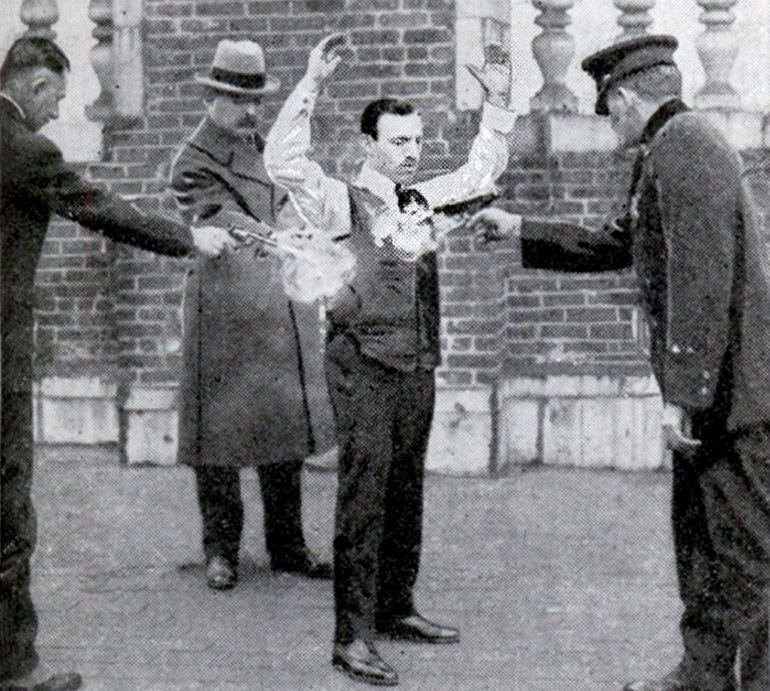
Żegleń was unharmed and the demonstration was a resounding success, though his invention was incredibly expensive (about US$800 at the time; approx. US$25,000 today) and the essential-weaving process was too slow. Enter Pole number 2: Jan Szczepanik - the Polish Edison. Szczepanik, who had been developing automated weaving technology for years, teamed up with Żegleń and managed to work out the whole mass production thing...though with the same price tag! Żegleń and Szczepanik eventually had a falling-out over business relations, and although Żegleń never relinquished his authorship, it was Szczepanik's weaving production and entrepreneurship that made him profit more off the success of the bulletproof vest - so much so, infact, that Żegleń's contributions are all but forgotten today. It's interesting to note that over 60 years later, an American woman of Polish decent, Stephanie Kwolek, developed the polymer for kevlar, the fabric which is used in today's standard-issue bulletproof vests!
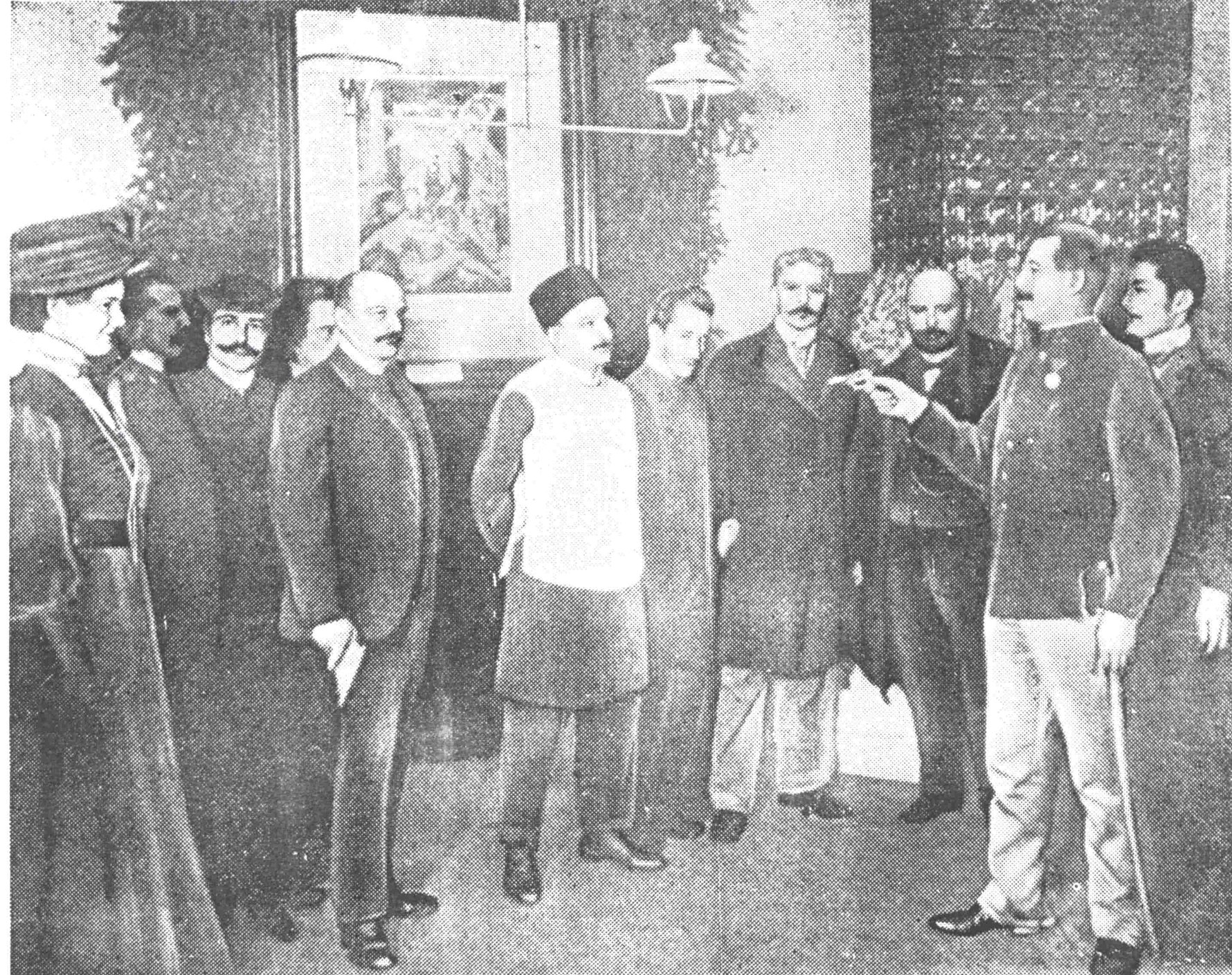
his Szczepanik-produced bulletproof-vest! |
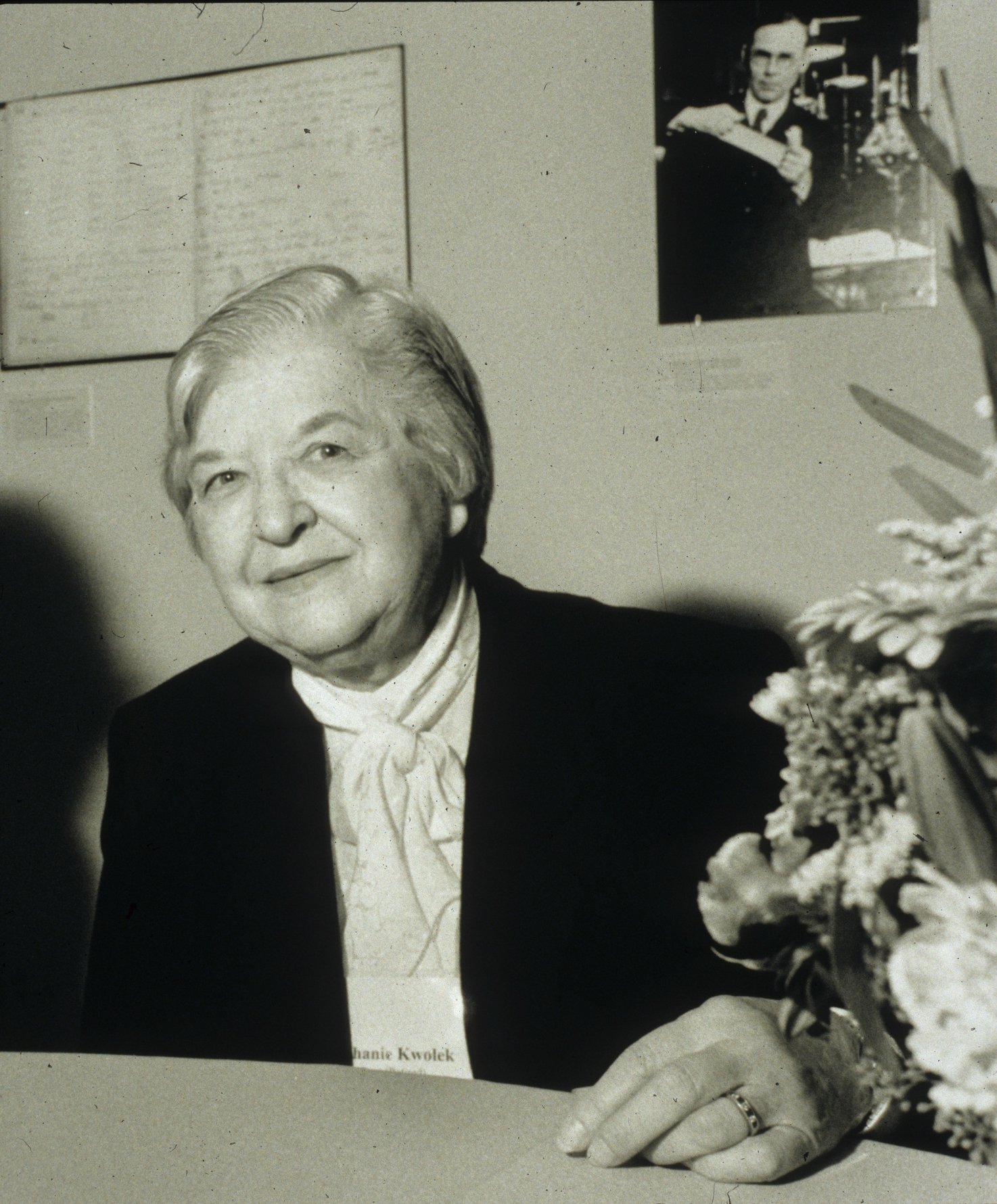
who developed kevlar. |



Comments